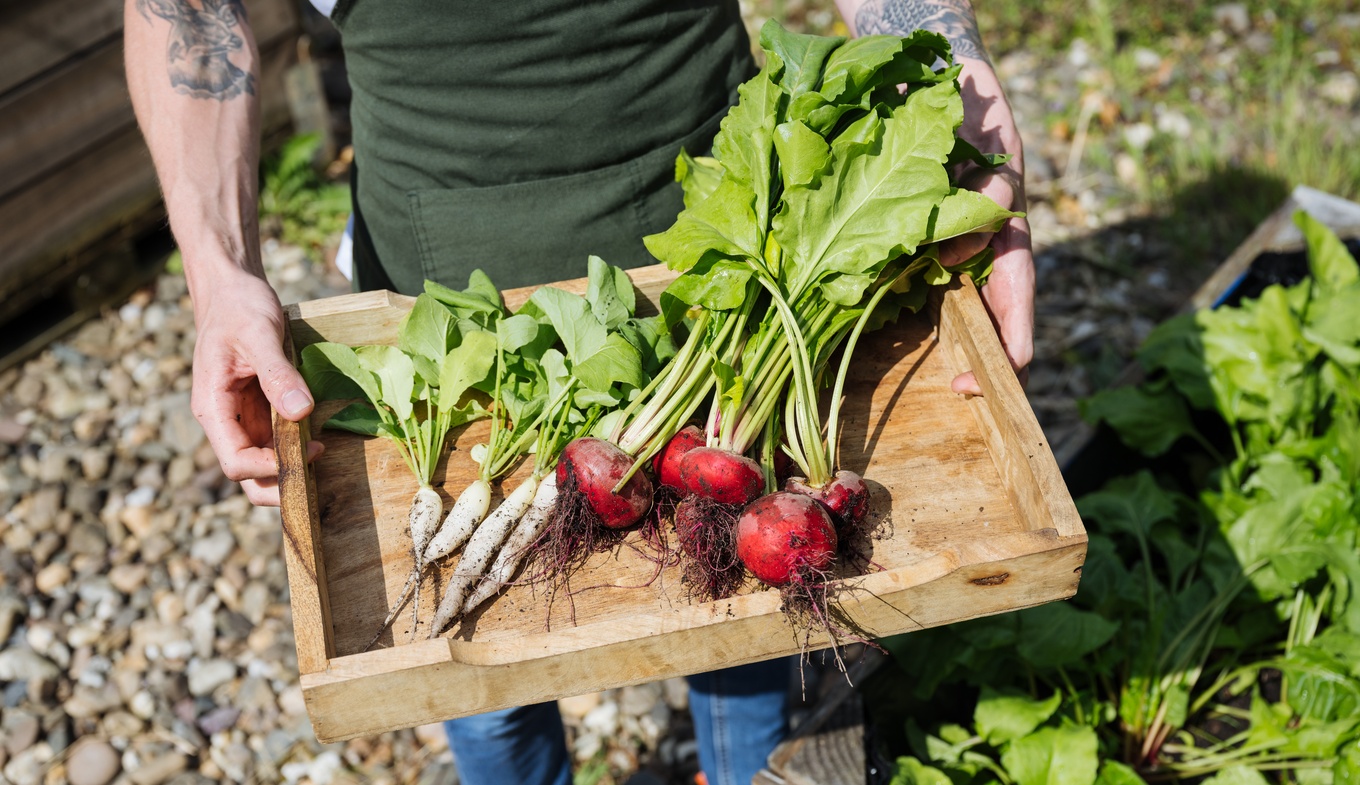
Regional products in the Netherlands
There is a rich diversity of products in the Netherlands. Each region has its own local specialties to sample and discover. From plump Betuwe blackberries to artisanal circular beers, these products tell a story about the regions they come from, the traditions associated with them and the innovative techniques with which they are made today. Cycle through vineyards, sample the cheese, and savor fresh fruit from the orchard – discover what makes Dutch regional products unforgettable.
- Grow your own oyster mushrooms on coffee grounds.
- Taste circular beer made from old bread.
- Cycle past idyllic and innovative vineyards.
Fruits of the land
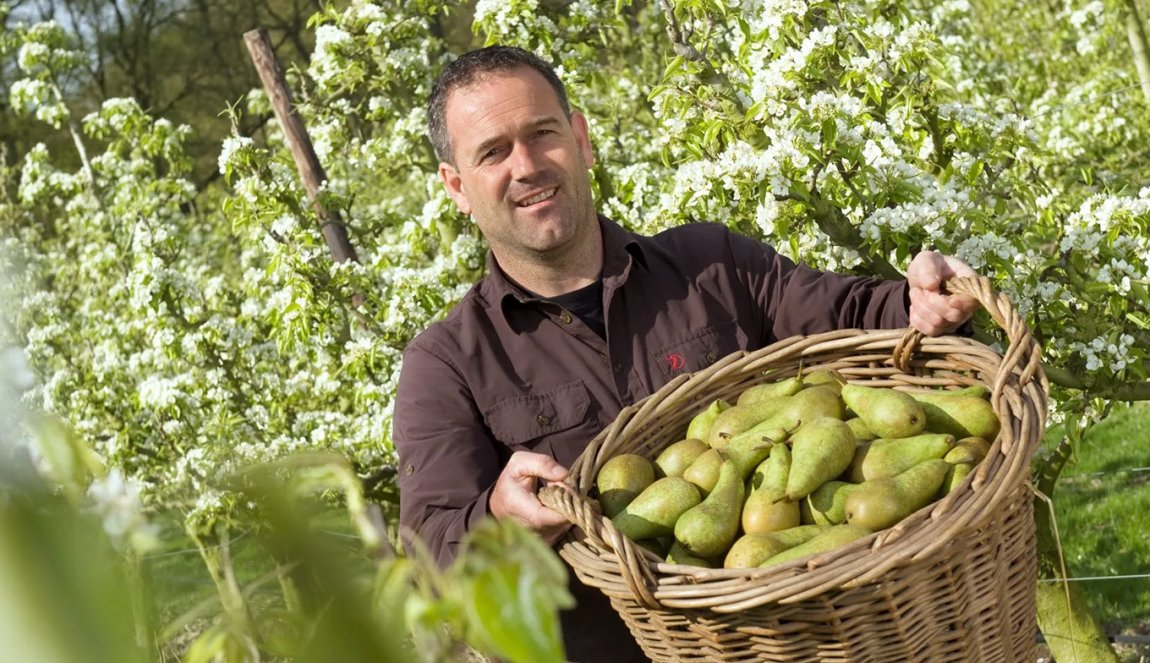
The Betuwe is renowned as a fruit-growing region. There are many orchards where you can pick fruit. One of them is the De Hoenderik gardens in Tricht, with cherries, strawberries, raspberries, blackberries and red currants to enjoy, and a pear and apple orchard. Philips Fruittuin is in Eindhoven, in the province of Brabant. Picnics and tours are on offer here and, in early autumn, you can go pear and apple-picking. After a fun day, sit back at the pancake house overlooking the orchard.
April marks the arrival of the first asparagus and strawberries in the Netherlands. In May, June and July, Many Brabant restaurants serve dishes featuring three seasonal ingredients: anchovies, asparagus and strawberries. Referred to as ‘white gold’ or the ‘queen of vegetables’, white asparagus is a celebrated vegetable across the entire country. For an immersive experience, follow the Bergen op Zoom asparagus cycling route, stopping at farm shops and restaurants with fresh asparagus.
Heavenly fungi
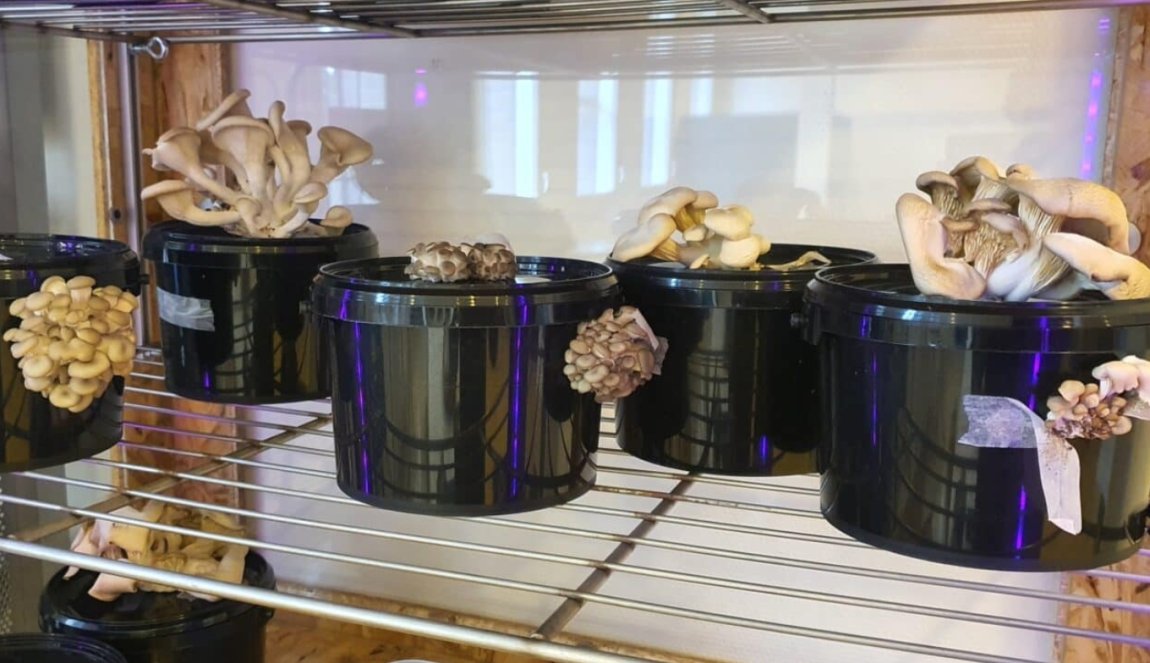
Mushroom season begins in autumn, and you can enjoy them at restaurants, markets, or nurseries like Paddestoelenrijk in Gelderland, known for growing exotic varieties like shiitake. A guided tour will reveal the secrets of mycelium cultivation and preparation. Many Dutch mushroom growers are devoted to sustainability. In Friesland, a mushroom revolution is underway. Here, WesterZwam grows oyster mushrooms according to circular principles, using waste such as coffee grounds. And at Fryslan Fungies you can order a kit to cultivate your own mushrooms at home.
Yellow gold
Beyond Gouda and Edam, there are many delightful Dutch cheeses to savor. Try Frisian clove cheese (nagelkaas), for example. Taken onboard the ships of the Dutch East India Company in the 17th century, cloves provided extra flavour and had a preservative effect. Discover artisanal cheeses at farms, specialty shops or historic markets in Alkmaar, Woerden, Gouda or Edam. Find your new favorite cheese during a tasting, such as at De Kaaskop in Groningen, or follow one of the cheese cycle routes through the ‘green heart of Holland’. Want to make cheese yourself? Visit Kaasboerderij Weenink for a workshop or tour.
Pioneers of the vine
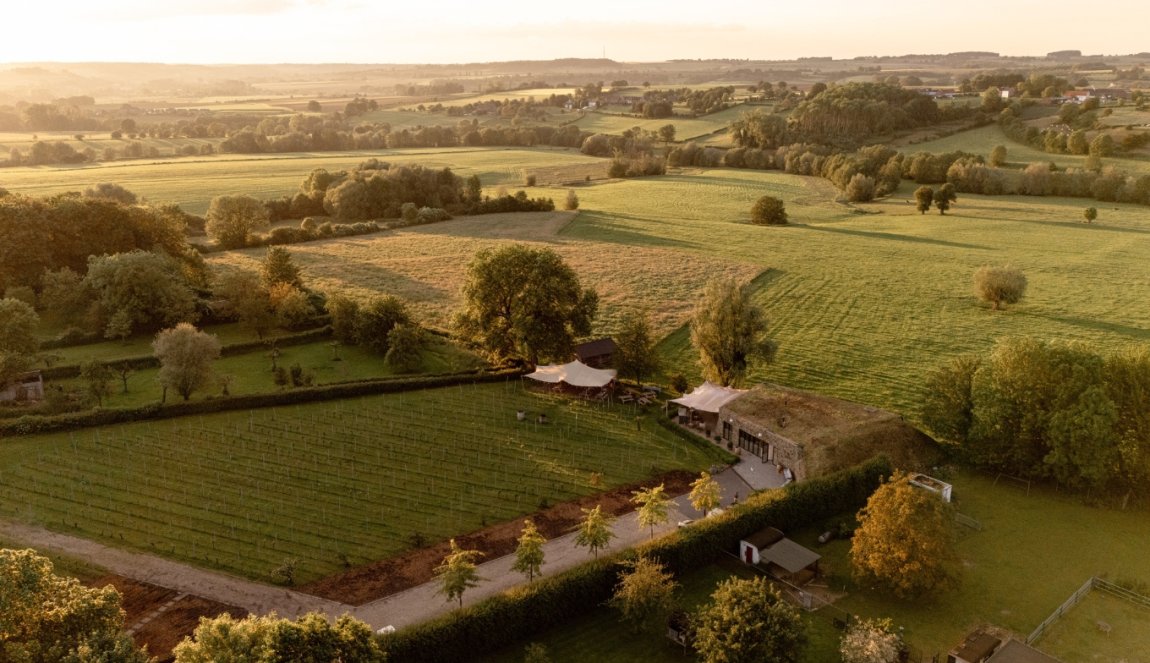
Despite the Dutch climate, local viticulture is on the rise. Due to restrictions on the use of pesticides, many wine producers are looking at newer grape varieties that are resistant to mold and other diseases. Wijngaard St. Martinus in Limburg is a pioneer in this field, and is also the largest and one of the most sustainable vineyard in the Netherlands. Follow the 11-kilometer Route des Vins Vijlen-Holset wine walk along this and the Domein Holset estate.
If you’re in the east of the Netherlands, be sure to cycle through the wine estates of Drenthe or the Achterhoek. Or follow the 13-kilometer Errekomsepad clog path walk along the Betuwe villages, lush meadows and the Betuws Wijndomein. All parts of the grape are used at this sustainable vineyard. In Twente, don’t miss the WijnWandeling Bentelo wine walk. This 15-kilometer trail starts and ends at Wijngaard Het Hof van Twente. Afterwards you can sip a fine glass of Twente wine in the conservatory.
Streekproducten in Nederland
From triple to Trappist
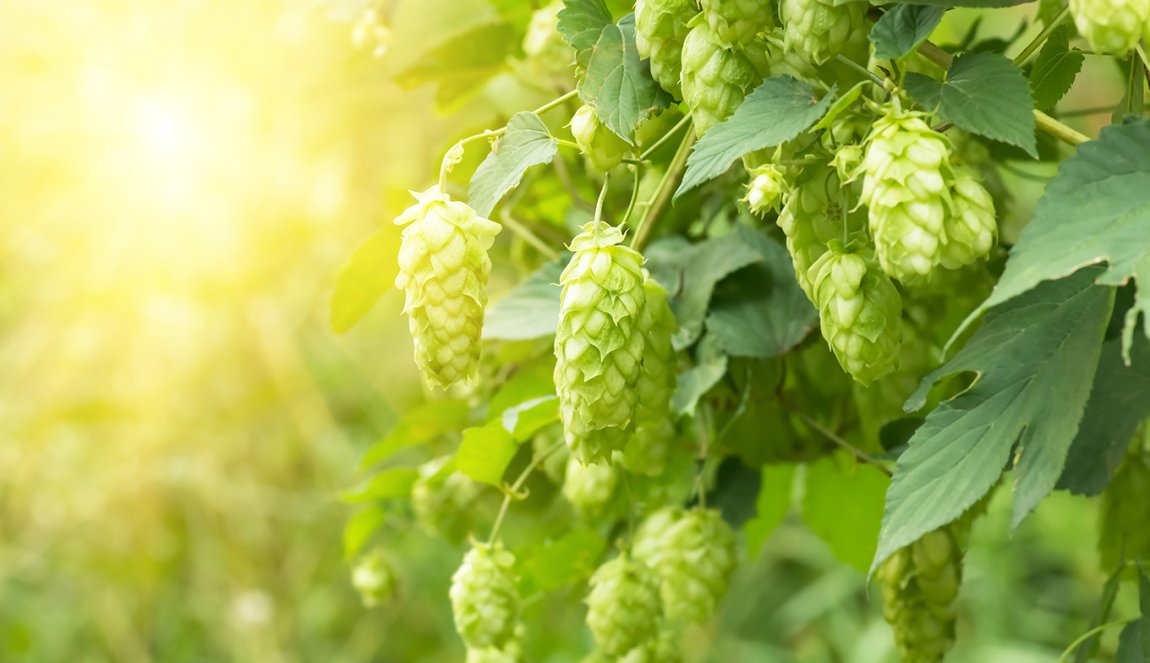
Dutch specialty beer is an important export product and is often made with local ingredients such as honey and seaweed. Small breweries tend to focus on sustainable techniques, such as circular production with residual products like bread and potatoes. Learn all about this during a beer tasting or brewery visit. At Stadsbrouwerij Wageningen enjoy beer made from local malt – the by-products go to local bakers or are used to feed pigs. In Flevoland, Brouwerij Praght brews craft beer with the help of people who are disadvantaged in the labor market.
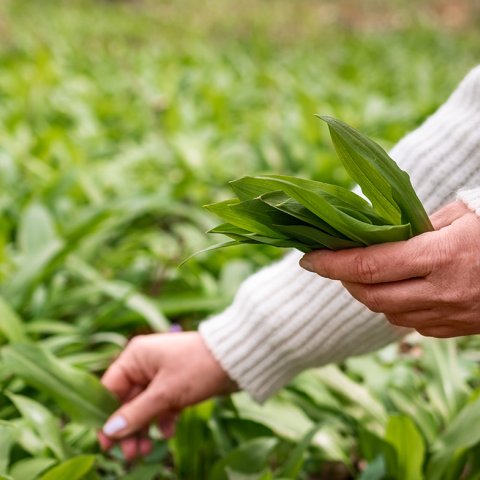
In the spring you can pick your own wild garlic. Its flavour is intense, and you can make delicious pesto from it.
Heritage on a plate
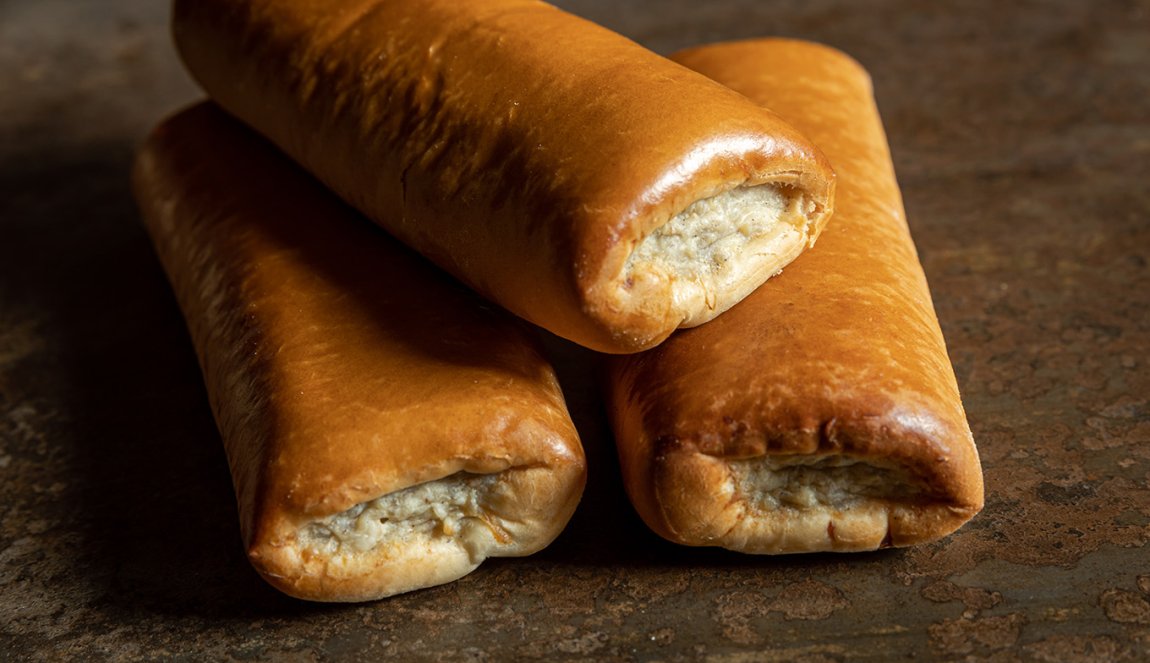
A classic day out in Den Bosch isn’t complete without enjoying the iconic Brabant sausage roll, or an equally tasty vegan variant which is widely available nowadays. The toughest choice you’ll face is whether to pair it with mustard. This beloved snack, popular since around 1900, has its roots in a practical tradition: meat was wrapped in dough and baked to stay fresh longer (a zero-waste approach!). It is a flavourful bite steeped in history.
Another regional delicacy with an interesting history is the ‘egg ball’ from Groningen, sometimes described as a ‘Dutch Scotch egg’. A whole boiled egg is encased in a layer of fine ragout, coated with breadcrumbs, and then deep-fried to golden perfection. The recipe originated in the 1950s during the post-war reconstruction era when frugality was essential for rebuilding the Netherlands. Affordable and nutritious, the egg ball quickly gained popularity. It is now recognized as intangible cultural heritage by UNESCO.
Did you know?
The Groningen ‘egg ball’ is on UNESCO's intangible heritage list?
Stories of sweet bliss
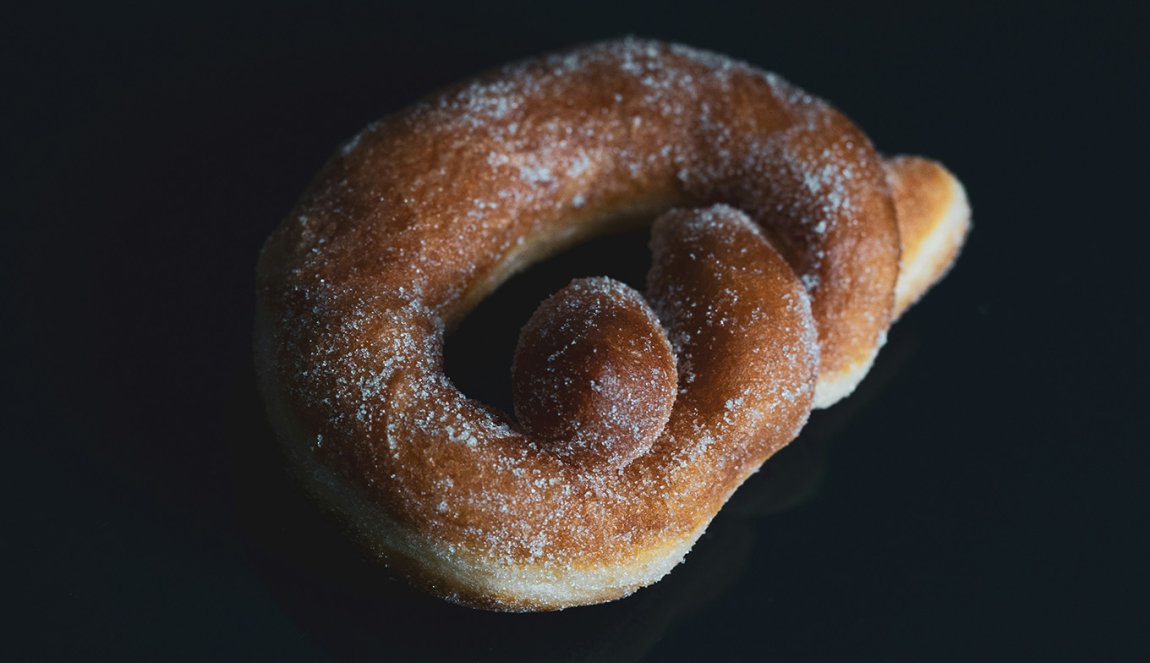
The Dutch stroopwafel, or ‘syrup waffle’, with its crispy outer shell and gooey caramel center, is believed to have been invented by accident by a baker in Gouda around 1810. Initially called ‘poor man’s cookies’, they were made by pouring syrup over leftover dough scraps. Another beloved treat is the nonnevot (nun’s bows) from Limburg. These deep-fried dough knots were offered to French commanders who wanted to conquer the city of Sittard in 1676. They are thought to be named after the bows worn by nuns on their buttocks.
Tips from Edwin Sander
-
Forgotten superfoods
Undervalued, inexpensive, versatile and protein-rich: bring back beans and peas! Savor Dutch tradition with dishes like snert (split pea soup) and kapucijners (field peas) or expand your hummus horizons by using butter or broad beans.
-
Creative with cabbage
Grown mainly in North Holland, cabbage is excellent for pickling and fermenting. It’s easier than you think to make your own kimchi or sauerkraut from white or oxheart cabbage. Your intestinal flora will thank you!
-
Wild garlic packed with flavour
Wild garlic is not as commonly used but it makes for the best pesto. It grows in South Limburg. At the end of May, wild garlic also produces flowers which you can use to garnish salads.